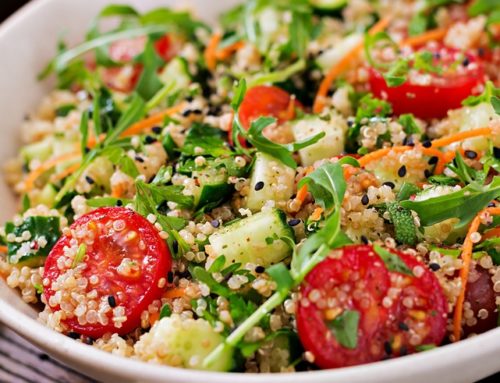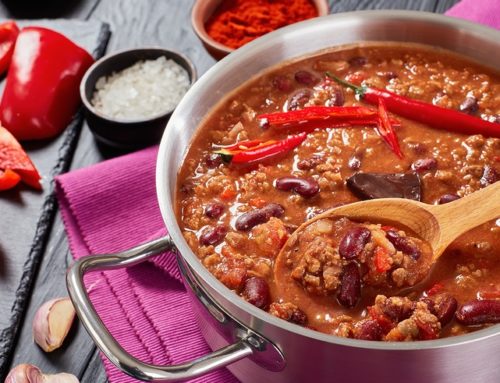What’s more beautiful than the vibrant colors of the leaves in autumn? Why, the colorful variety of fall produce in the market, of course! Often times, people think of summer as being the best time for fresh produce. And summer does yield a bounty of delicious fresh fruits and vegetables, but there are many crops that prefer the cooler weather as well. Read below about some of the lesser-known fall picks and what nutrition they provide.
Quince. Native to the temperate areas of Southwest Asia, the quince belongs to the Rosaceae family of pome fruits. It looks like an oversized cross between an apple, a pear, and an avocado. Rarely eaten raw, this aromatic fruit is used in cooking or to make preserves or jellies. For its relatively low calorie density, the quince provides a good amount of dietary fiber, vitamin C, and copper. Its grainy flesh also contains antioxidants and phytochemicals.
Shallots. These undersized onions look a lot like oversized garlic with a thin papery bronze skin. Because they have a lower water content than traditional onions, the flavor and nutrients are more concentrated. Shallots contain dietary fiber, protein, vitamin C, and potassium. In addition, they are rich in flavonol and polyphenolic compounds.
Brussels Sprouts. In the same family of cruciferous vegetables as broccoli and cauliflower, Brussels sprouts are harvested in a cooler climate and have a sweeter flavor. In addition to dietary fiber, they contain the nutrients vitamin K, vitamin C, and folic acid. Brussels sprouts, and their fellow cruciferous vegetables, are also high in glucosinolate compounds, which are being studied for their cancer preventative properties.
Figs. While you can find dried varieties year-round, fresh figs are mainly available in the late summer through the fall. They are a chewy and delectably sweet fruit that grows on the ficus tree. Figs contain the nutrients vitamin B6, copper, and manganese. While also true for fresh figs, dried varieties are an excellent source of dietary fiber.
This is just a small snapshot of the range of fresh produce that shows up as the temperatures cool down. For ideas on how to use these and other popular fall fruits and vegetables, visit the recipe page on the portal!





